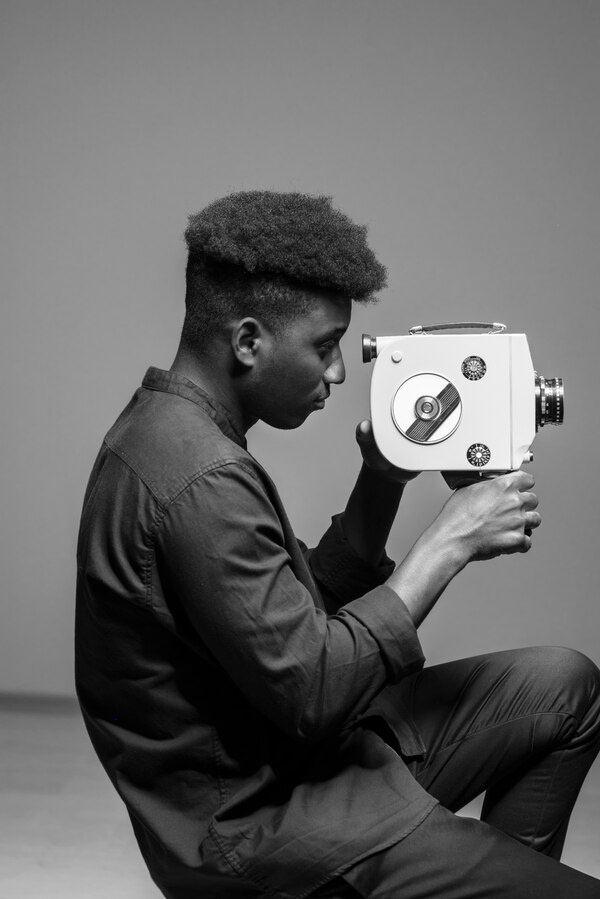Mastering Light and Shadow in Photography
In the realm of photography, light and shadow are the quintessential elements that can transform an ordinary image into an extraordinary one. They are not merely tools to illuminate a scene but are the essential components that add depth, texture, and mood, ultimately telling a story far beyond what is captured.

Understanding Light
Light in photography is not just about finding a bright place to shoot; it’s about understanding its quality, direction, and color. Each of these aspects can dramatically alter the mood and tone of a photograph.
1. Quality of Light: This refers to how hard or soft the light appears in a scene. Soft light, often found during golden hour, creates smooth, even images with soft shadows. Hard light, like that from a midday sun, creates stark contrast and sharp shadows.
2. Direction of Light: The direction from which light hits your subject can greatly affect the image's composition. Front lighting, side lighting, backlighting, and top lighting each offer unique outcomes, from flattening textures to creating dynamic silhouettes.
3. Color of Light: Known as color temperature, this aspect describes the warmth or coolness of light. It can lend your images emotional depth—warmer light creates a feeling of coziness and nostalgia, while cooler tones can invoke calmness or melancholy.
The Role of Shadows
While light illuminates, shadows give your subjects form and dimension, turning a two-dimensional image into a three-dimensional story.
1. Adding Depth: Shadows provide a sense of depth and texture, turning flat images into lifelike representations with detail and contrast.
2. Conveying Emotion: They can infuse an image with drama and mystery. For instance, long, creeping shadows can evoke feelings of suspense or fear, while soft, diffused shadows can create a serene and peaceful ambiance.
3. Guiding the Viewer’s Eye: Shadows can direct attention to particular areas of an image, either by framing the subject or by leading the viewer’s gaze in a specific direction.
Techniques for Mastery
Whether you are a budding photographer or a seasoned professional, mastering light and shadow can significantly enhance your skillset.
1. Experimenting with Angles: Change your position relative to the light source. Move around your subject to see how different shadows are cast and how they interact with the light.
2. Playing with Exposure: Underexpose slightly to deepen shadows or overexpose for a washed-out, high-key effect. Adjusting exposure can help in controlling how light or dark various elements in your photograph appear.
3. Utilizing Reflectors and Diffusers: These tools can manipulate natural light, softening harsh shadows or brightening darker areas without needing artificial light sources.
4. Embracing Natural Conditions: Harness the natural light available, whether it’s the golden hour’s soft ambiance or the stark midday sun. Adapt your strategies based on real-world lighting conditions to capture authentic, compelling images.
5. Post-Processing: Use editing software to enhance or soften shadows, adjust highlights, or correct exposure, allowing you to perfect the balance between light and shadow.
Conclusion
Mastering light and shadow is a journey of learning to see and manipulate what surrounds you. It involves patience, observation, and practice. By understanding and experimenting with these two fundamental elements, photographers can elevate their work, creating visually captivating and emotionally resonant images. So, whether capturing the gentle play of shadow in a sunrise portrait or the bold contrast of a cityscape at noon, remember that every ounce of light and shadow is a stroke in the art you are creating.